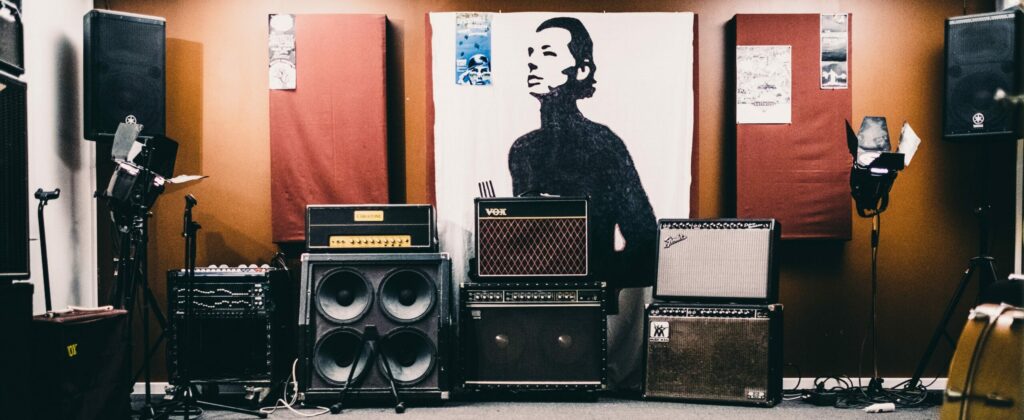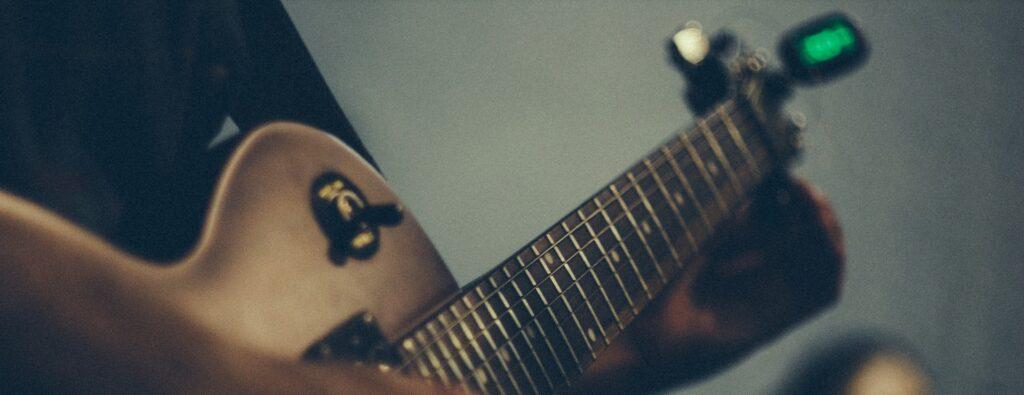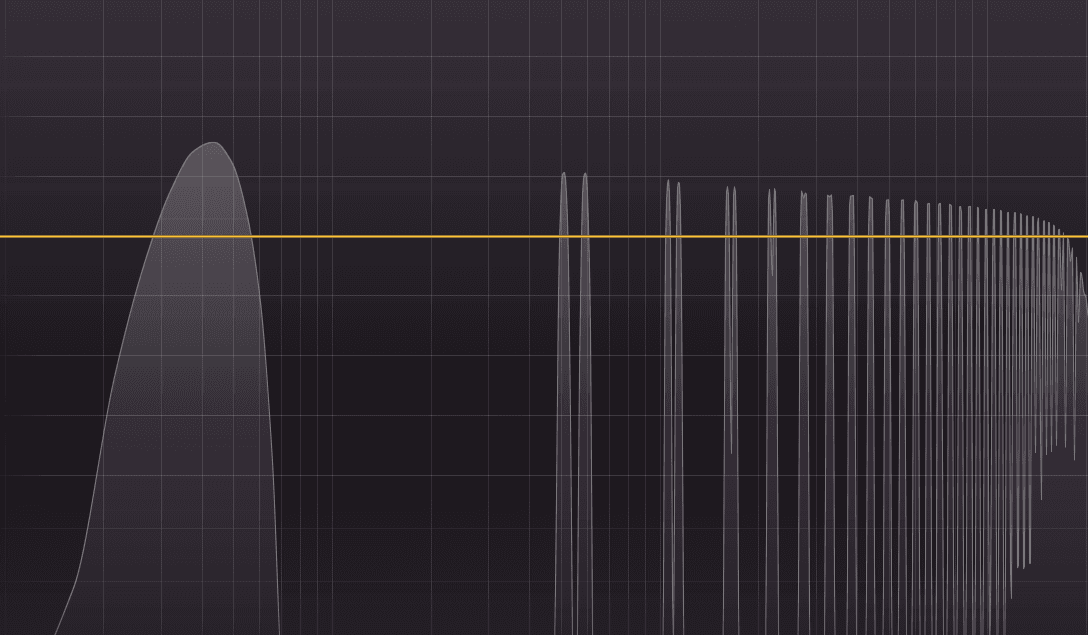For several decades now, the recording process has typically been piecemeal. One instrument is tracked by itself, then another, then another, until all the parts coalesce into what sounds like a full band playing simultaneously. Of course, there’s good reason for this broken-up process. For one thing, it makes fixing mistakes a lot easier. Rather than re-recording the entire song with multiple players, you can just re-record that specific instrument and part. Also, not every band member is always available to record at the same time. With multi-track recording, the guitarist can lay down her part one day while the vocalist belts out his melody two days later. Convention and convenience aside, however, there’s a unique quality to recording a live band, both on stage and in the studio.
So if you want to break into recording a live band in your studio, here are five useful tips to get you started.
1. Know The Band, Know The Song
As with any recording, it helps to know the music beforehand. If the band has good recordings of the songs already, really get to know them. Listen several times until they’re embedded in your head. Focus on where the instruments sit, what choices the vocalist makes, where the melodies shine through, etc. The more you know about the material, the better. If the band doesn’t have a pre-existing recording of what they plan on playing, you have to start asking questions. It’s also a good idea to have the band rehearse the songs in front of you a few times to give you an even better idea.

2. Staging the Room For Recording a Live Band
Knowing the music matters, but so does knowing where the players should stand or sit, and how far apart or close they should be. You also have to consider what kinds of mics to use and how many you’ll need. The size of the room will make a big difference here. Smaller spaces will require more precise microphone placement and directionality. Additionally, the polar patterns of the mics will significantly impact your ability to hone in on specific sounds while rejecting others. And, of course, room mics will pick up the entire live band and really help create that authentic live sound when mixed in properly. Consider an NTR ribbon mic pair for these purposes to capture a fuller sound.
3. Testing, Testing, 1…2…3
The main difference between recording in sections and recording a live band lies in the planning. Sure, plenty of planning has to go into recording multiple tracks, but there’s more room for error and improvisation, more time to address issues, and more space to keep song elements and recording processes separate from one another. When recording a live band, on the other hand, the pieces need to be in place all at once.
That being said, you still have multiple attempts at your disposal to get it right. Running through some test recordings is crucial. First, have each player record a part of the song by themselves and see which mics pick up the sound. If the drums are bleeding too much into the guitar recording, or the low end of the bass isn’t being fully captured, you can adjust accordingly. Once each instrument is fine-tuned, start running through test recordings with the full band. It might take a handful of test runs to solidify your settings, but it’s worth the effort.
4. Keep Everything in Sync and In Tune
As the engineer and producer, the performance aspect isn’t really in your hands. It should be a given at this point that the live band you’re recording can play well live. But even the best live band might need a little oversight and aid. To begin with, every instrument needs to be in tune and in an environment that will maintain its intonation. With multi-track recording, tracks are separate enough to be tweaked in small ways during the mixing process. A slightly flat guitar note can be shifted in pitch to match the rest of the song. This process can’t be easily applied to live recordings, however, since sounds bleed into one another in each track. If every player is in tune from the beginning and stays that way, this shouldn’t be an issue, as long as they’re playing correctly.
Every player needs to be right on tempo with each other as well. Some live bands might be so in sync they choose to ditch the metronome and wing it. But most will want the reassurance of a click track, and the recording will be tighter for it. Make sure each player (especially the drummer) can fully hear the click track and play with it on time.

5. Direct Inputs Are Your Friend
When we think of “live band recording,” we don’t always consider D.I. tracks. However, obtaining a direct signal from an electric guitar, in addition to mic’ing it, can enhance the mixing process. You might not use the D.I. track, but it can prove useful. By blending the mic’ed guitar with the direct signal, you can achieve the best of both worlds: a raw, live guitar sound with minimal bleeding and room sound combined with a crisp, direct recording that captures the details. You can apply this technique to other instruments as well, so it’s beneficial to D.I. as many as possible to have them in your mixing arsenal.
Conclusion
Since live band recordings are no longer strictly necessary, their current function is more of an aesthetic one. Some bands choose to have live recordings to fit their niche and achieve a certain authentic and vintage sound quality. Other bands utilize live recordings as a marketing tool. Companies like Audiotree and Tiny Desk Concerts are two popular outlets bands use to promote their music by being recorded live with the addition of video. These live recordings aren’t used as their major releases, but they serve as ways to promote your music and provide bonus content to said material. With so many musicians seeking this type of content for their own purposes, knowing how to record live bands is a great skill to have.
About the Author

Ethan Keeley
Writer, Voice Talent, Musician, and Audio EditorEthan Keeley is a musician, voiceover talent, and writer from Rochester, New York. When he's not on tour with his band Unwill he's working on new songs and stories.
Leave a comment
Log in to comment


